Marine Debris
Sea Grant works closely with communities across the country to address marine debris challenges in marine, coastal and Great Lakes environments.
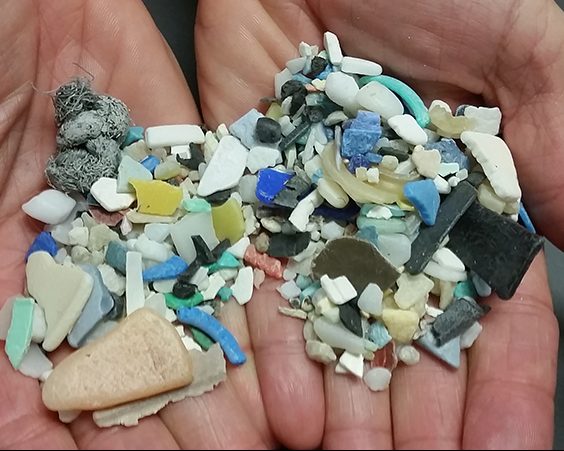

Sea Grant Marine Debris Symposium
Sea Grant hosted a Marine Debris Symposium on November 1st, 2nd, 8th and 9th, 2023 where researchers, community members and other partners shared information about the 29 projects awarded across the 2022 Marine Debris Challenge and Community Action Coalition competitions funded by the Bipartisan Infrastructure Law and the Inflation Reduction Act. Watch the videos below to learn more about Sea Grant’s work in marine debris.
Sea Grant Marine Debris Symposium 2023
Sea Grant informs and enhances strategies to prevent the creation of marine debris and remove marine debris from the environment.
Through research, extension and education, Sea Grant is informing and enhancing strategies to prevent the creation of marine debris and remove marine debris from the environment.
Sea Grant works in close partnership with the NOAA Marine Debris Program to address marine debris in coastal and Great Lakes environments.
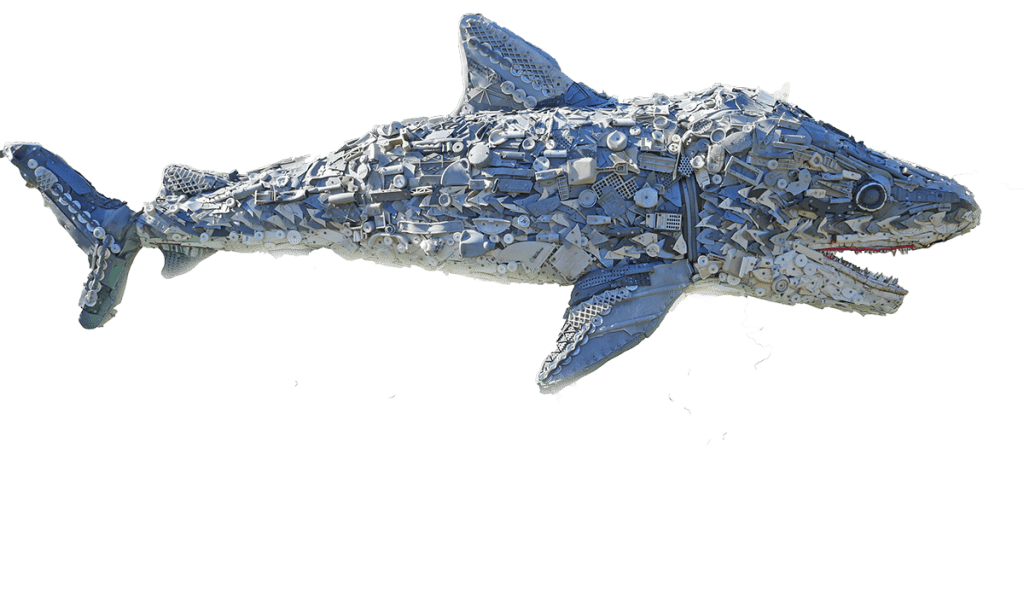

What is Marine Debris?
As one of the most widespread pollution problems facing the world’s ocean and waterways, our waters are filled with marine debris, items that do not belong in it. Marine debris includes any manufactured or processed solid material that is directly, indirectly, intentionally or unintentionally disposed of or abandoned in the marine environment or the Great Lakes.
How is marine debris harmful?
When marine debris is in our waters and on our shores, beaches and public recreation areas are impacted, affecting ecotourism and local economies. The Great Lakes economy relies heavily on tourism and recreation by maintaining healthy coastal resources while keeping the environment clean. Beach-goers and visitors can be impacted by marine debris as well as these items can cause physical bodily harm if found on shorelines or in the water. Human consumption of marine debris is also possible if small particles are accidentally ingested, however potential health risks from different plastics and chemicals are still unknown.
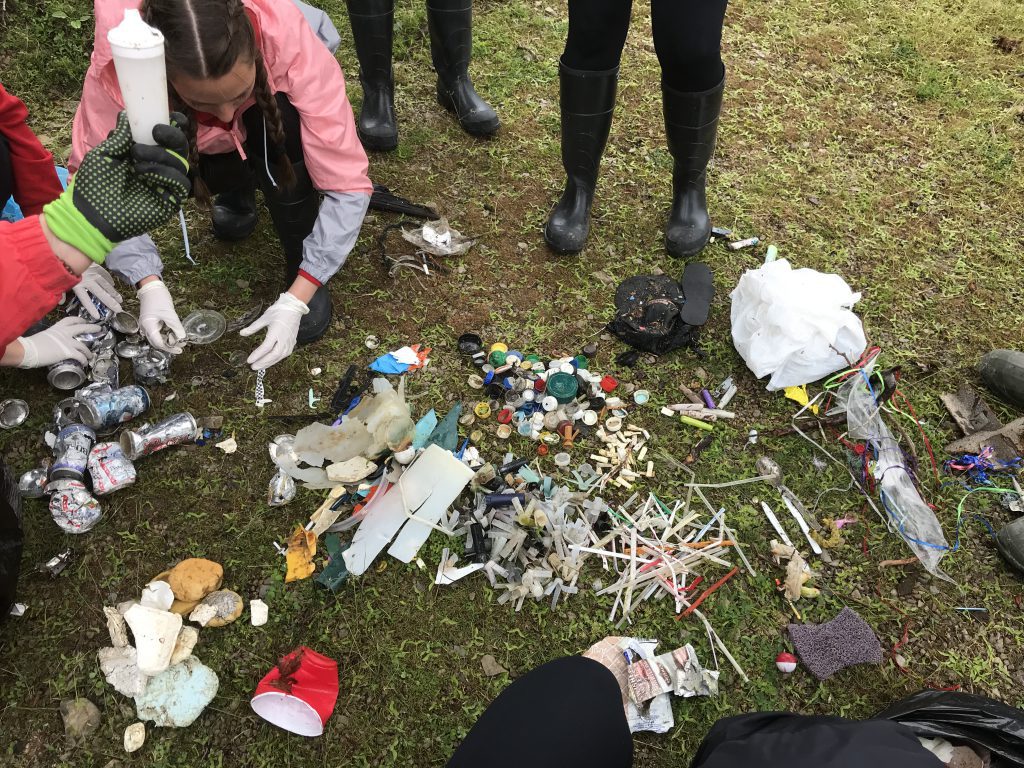

What can we do to mitigate the impacts of marine debris?
Being aware of how to properly dispose of fishing line and garbage can greatly reduce impacts to marine ecosystems. Beach cleanups are another great way to combat shoreline trash while collectively working together to reduce debris in public areas. Reducing reliability on single-use plastics can also greatly reduce the amount of marine debris entering our waterways and marine ecosystems. Read more about how to help at NOAA’s Marine Debris Program.
Our Impacts on Marine Debris
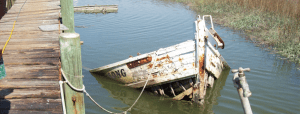

Virginia Sea Grant extension helps address local abandoned and derelict vessels
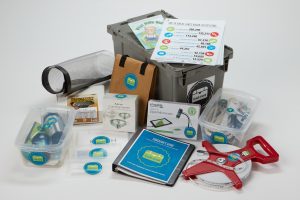

Wisconsin Sea Grant commits to teaching the impacts of marine debris with a new teaching tool
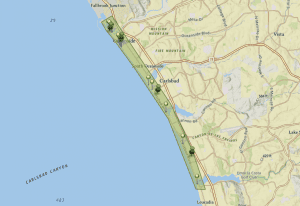

USC Sea Grant shares sources of marine debris through an interactive StoryMap


Connecticut and New York Sea Grant release Long Island Sound Marine Debris Action Plan
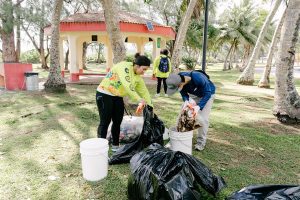

Sea Grant’s commitment to cleaning local beaches and shores
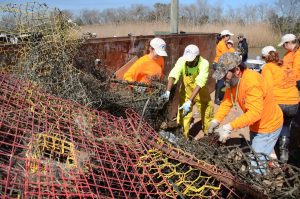

Gulf Sea Grant programs remove abandoned crab traps from the environment
Marine Debris Funding Opportunities
Sea Grant recently announced $19 million in federal funding opportunities to address the prevention and removal of marine debris in coastal communities.
- Marine Debris Challenge Competition: Approximately $16,000,000 will be available to support innovative, transformational research-to-application projects that will address the prevention and removal of marine debris.
- Marine Debris Community Action Coalitions: Approximately $3,000,000 will be available to support the creation of coalitions and partnerships to address marine debris prevention and removal.
Letters of intent and applications for both opportunities must be submitted through a Sea Grant Program. Interested partners should contact one or more of the 34 Sea Grant Programs for partnership information.
Applicants to both opportunities are encouraged to draft work proposals that support the principles of justice, equity, diversity, inclusion and accessibility, as well as place an emphasis on engagement with communities, groups and localities, especially those that have been traditionally underrepresented and underserved.
The funding opportunities are a component of nearly $3 billion in targeted investments by NOAA in the areas of habitat restoration, coastal resilience and weather forecasting infrastructure through the Bipartisan Infrastructure Law.




